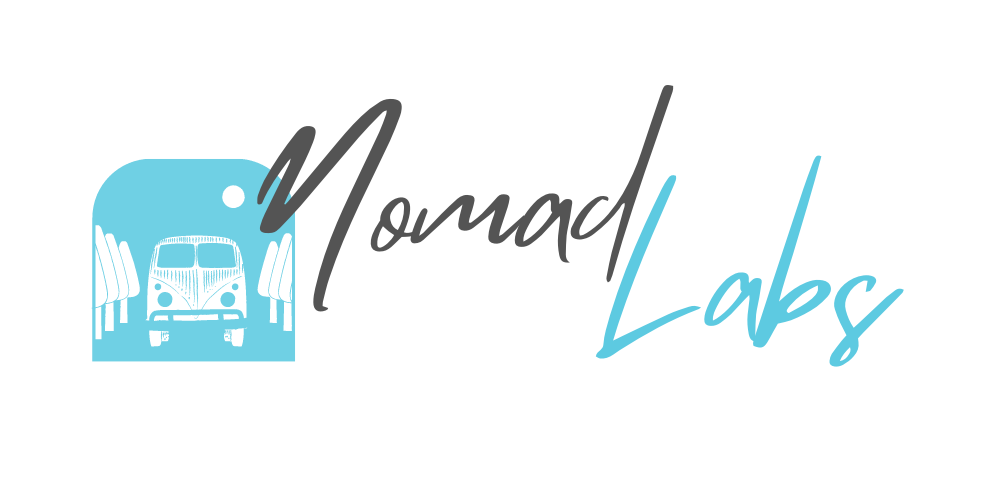The ability to work remotely has become increasingly important for businesses in today’s digital age. However, many organizations find it difficult to implement an effective remote work process. This guide will provide an overview of how to optimize your remote work processes, with a focus on the best tools and strategies to use.
Benefits of an Optimized Remote Work Process
Before delving into how to optimize your remote work process, it is important to know why it is beneficial to do so. An optimized remote work process can help increase productivity and efficiency, as well as reduce costs. Additionally, it can help to improve communication, collaboration, and engagement among team members.
Creating a Culture of Trust and Collaboration
Creating a culture of trust and collaboration is essential for successful remote teams. This can include providing feedback to team members, motivating them to do their best work, and fostering a sense of community. Additionally, it is important to establish guidelines for working hours and expectations, as well as provide support for team members when needed.
Providing Feedback
Providing feedback is essential for remote teams, as it helps to ensure that team members are on track and making progress. It is important to provide both positive and constructive feedback in a timely manner. Additionally, feedback should be sincere and specific, as this will help team members understand how they can improve and be successful.
Motivating Team Members
Motivating remote team members is essential for success. This can include providing incentives, recognizing achievements, and offering rewards. Additionally, it is important to create an environment where team members feel appreciated and valued. This can be done through engaging activities, connecting with team members on a personal level, and providing support when needed.
To ensure that remote workers stay motivated and productive, it is important to set up daily check-ins with team members to ensure that everyone is on the same page and setting up weekly meetings to discuss progress and give feedback. Additionally, it is important to set up a system of rewards and recognition, such as giving out awards or bonuses for outstanding work.
Establishing Guidelines
Establishing clear guidelines for working hours and expectations is essential for remote teams. This can help to ensure that team members are productive and efficient, and that tasks are completed on time. It is important to communicate these guidelines to team members and ensure that they are followed.
Examples of Successful Remote Teams
One example of a successful remote team is GitHub. GitHub has grown to become one of the largest and most successful software development platforms in the world. The company has implemented processes and tools to ensure that its remote team is productive and efficient. Additionally, the company has established a culture of collaboration and trust among team members. Another example of a successful remote team is Automattic, the company behind WordPress. Automattic has created a culture of trust, collaboration, and transparency. The company has also implemented tools and processes to ensure that its remote team is productive and efficient. Additionally, Automattic provides support and feedback to team members to ensure that they are successful.
Establishing Effective Communication
It is also important to set up a communication platform that allows for easy collaboration and communication between team members. This can include video calls, team chatrooms, online document sharing, and more. Additionally, it is important to create clear communication boundaries and expectations, such as responding to messages within a certain timeframe and using appropriate language.
Best Practices for Optimizing Your Remote Work Process
There are several best practices that can be used to optimize your remote work process.
These include:
• Establishing Clear Communication: Establishing clear communication is essential for remote teams. This can include setting up regular meetings, using video conferencing tools, and having a designated communication platform.
• Setting Goals and Expectations: Establishing clear goals and expectations is key to ensuring that team members are on the same page. This can include setting deadlines, tracking progress, and providing feedback.
• Utilizing Project Management Tools: Project management tools can help to streamline the remote work process and ensure that tasks are completed on time. Popular tools include Asana, Trello, and Basecamp.
• Establishing a Flexible Work Schedule: Establishing a flexible work schedule can help to improve work-life balance and job satisfaction among remote team members. This can include allowing for flexible hours, working from home, and providing access to vacation days.
• Utilizing Collaboration Tools: Collaboration tools are essential for remote teams. These can include online whiteboards, document sharing apps, and file storage solutions. Popular tools include Slack, Google Drive, and Dropbox. • Leveraging Automation: Automation can help to streamline remote work processes and improve efficiency. This can include using automation tools for task management, project tracking, and customer service.
FAQ :
Q: What are the best tools for optimizing remote work processes?
A: Popular tools for optimizing remote work processes include project management tools such as Asana, Trello, and Basecamp; collaboration tools such as Slack, Google Drive, and Dropbox; and automation tools for task management, project tracking, and customer service.
Q: What are the benefits of optimizing remote work processes?
A: Optimizing remote work processes can help increase productivity and efficiency, as well as reduce costs. It can also help to improve communication, collaboration, and engagement among team members.
Q: How can I ensure that my remote team is successful? A: To ensure that your remote team is successful, it is important to establish clear communication, set goals and expectations, utilize project management tools, establish a flexible work schedule, leverage collaboration tools, and leverage automation. Additionally, it is important to provide feedback and support to ensure that your team is motivated and engaged.
Conclusion
Optimizing your remote work processes is essential for businesses in today’s digital age. By implementing the best practices outlined in this guide, organizations can ensure that their remote team is productive and efficient. This can include establishing clear communication, setting goals and expectations, utilizing project management tools, establishing a flexible work schedule, utilizing collaboration tools, and leveraging automation. With the right tools and strategies in place, organizations can ensure that their remote work process is optimized and their team is successful.











Leave a Reply